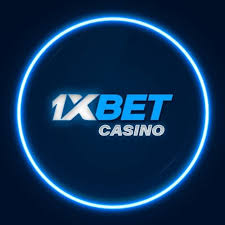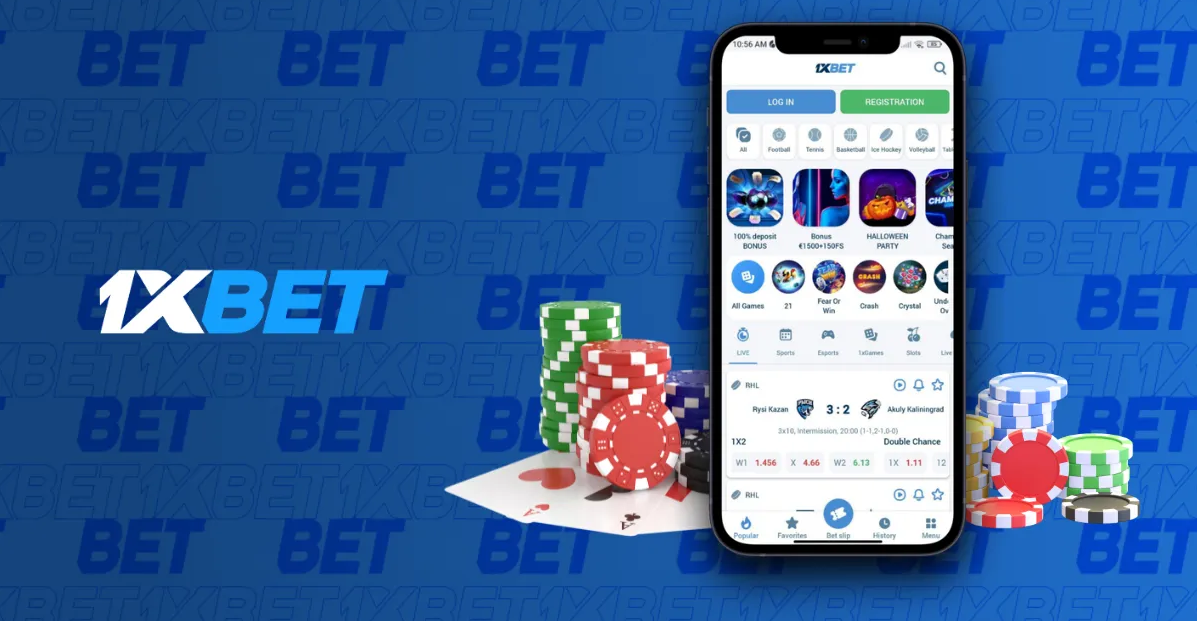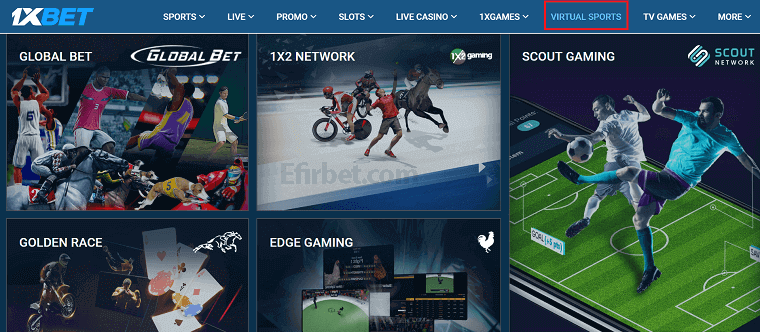Understanding the Win Rate in Plinko Games 33

The Intricacies of Win Rate in Plinko Games
Plinko games have captured the fascination of gamers worldwide, becoming a staple in the online gambling landscape. Unlike traditional casino games that rely heavily on skill, Plinko is primarily a game of chance, adding an element of unpredictability that enhances its allure. Many players wonder about the mathematics behind this game and, more importantly, the win rate in Plinko games. To better understand this dynamic aspect, we should delve into the game mechanics and odds involved. If you’re looking to enjoy Plinko on your mobile device, check out win rate in plinko games 1xBet iOS for a seamless experience.
What is Plinko?
Plinko is a popular game often found in both physical and online formats. Originating from the famous television game show «The Price is Right,» Plinko involves dropping a disc down a pegged board where it bounces randomly and lands in one of several slots at the bottom, each corresponding to a different payout. The nature of this game makes it both exciting and unpredictable, hence the interest in calculating the win rate.
Understanding the Concept of Win Rate
The win rate in any game refers to the percentage of played games that result in a win. In terms of gambling and gaming, it can be a crucial metric for assessing a player’s potential for success. For Plinko, however, calculating the win rate is not as straightforward as in skill-based games due to its inherent randomness. The win rate is influenced by various factors, including the game’s design, payout structure, and player strategies.

Factors Influencing Win Rate in Plinko Games
Several elements contribute to determining the win rate in Plinko games:
- Payout Structure: The payout odds greatly influence your chances of winning. Some slots offer higher multipliers, while others provide lower yet more frequent wins. Understanding this payout structure is vital.
- Board Design: The number of pegs, the spacing between them, and the layout of the slots can affect the trajectory of the disc and impact overall win rates.
- Player Strategy: While Plinko is largely driven by luck, seasoned players often develop strategies based on their playing experience, helping them make better-informed decisions when dropping the disc.
- Game Variants: Different versions of Plinko may have distinct rules and win conditions, altering the overall win rate depending on the specific variant played.
Mathematical Insights into Win Rates
Mathematically speaking, calculating the precise win rate in Plinko requires a comprehensive understanding of probability. To determine win rates, players must analyze the possible outcomes. Each drop of the disc can lead to various paths influenced by the pegs it strikes. Therefore, statistical simulations are often used to estimate probabilities associated with different slots.
Calculating Win Rates
When seeking to calculate the win rate, consider these steps:
- Simulation: Conduct a simulation of many rounds of Plinko to observe the outcomes. Recording how often the disc lands in winning slots versus non-winning slots provides an empirical data set for calculating the win rate.
- Probability Analysis: Each slot’s payout probability can be determined based on the number of pegs and their arrangement. Mathematical models can predict expected outcomes over time.
- Statistical Analysis: Use statistical tools to analyze winnings. This might involve determining the mean, variance, and standard deviation of payouts to understand better the overall win rate and volatility.

Strategies to Improve Your Win Rate
While Plinko outcomes are primarily due to chance, players can employ strategies that may help maximize their potential wins:
- Understanding Patterns: Observing the board and identifying potential patterns can aid in making more strategic decisions about where to drop the disc.
- Bankroll Management: Properly managing your bankroll ensures you can sustain your gameplay longer, thus giving more opportunities to hit winning slots.
- Game Selection: Choose versions of Plinko with beneficial payout structures and rules that may tilt the odds in your favor.
- Testing Before Committing: If you’re playing for real money, experiment with free versions of Plinko to gauge your understanding of the game mechanics.
Conclusion
The win rate in Plinko games is a fascinating aspect of this engaging game of chance. While luck plays a substantial role, understanding the underlying mechanics, payout structures, and employing calculated strategies can assist players in enhancing their overall experience. Remember, play responsibly and enjoy the thrill of the game, but also be conscious of the risks involved with gambling.
Final Thoughts
As with any gambling venture, it is essential to approach Plinko with both excitement and caution. Analyzing and understanding factors that influence the win rate can significantly enhance your gameplay experience. By utilizing the strategies outlined above, players can maximize enjoyment and potentially improve their chances of landing a win in the thrilling world of Plinko.


